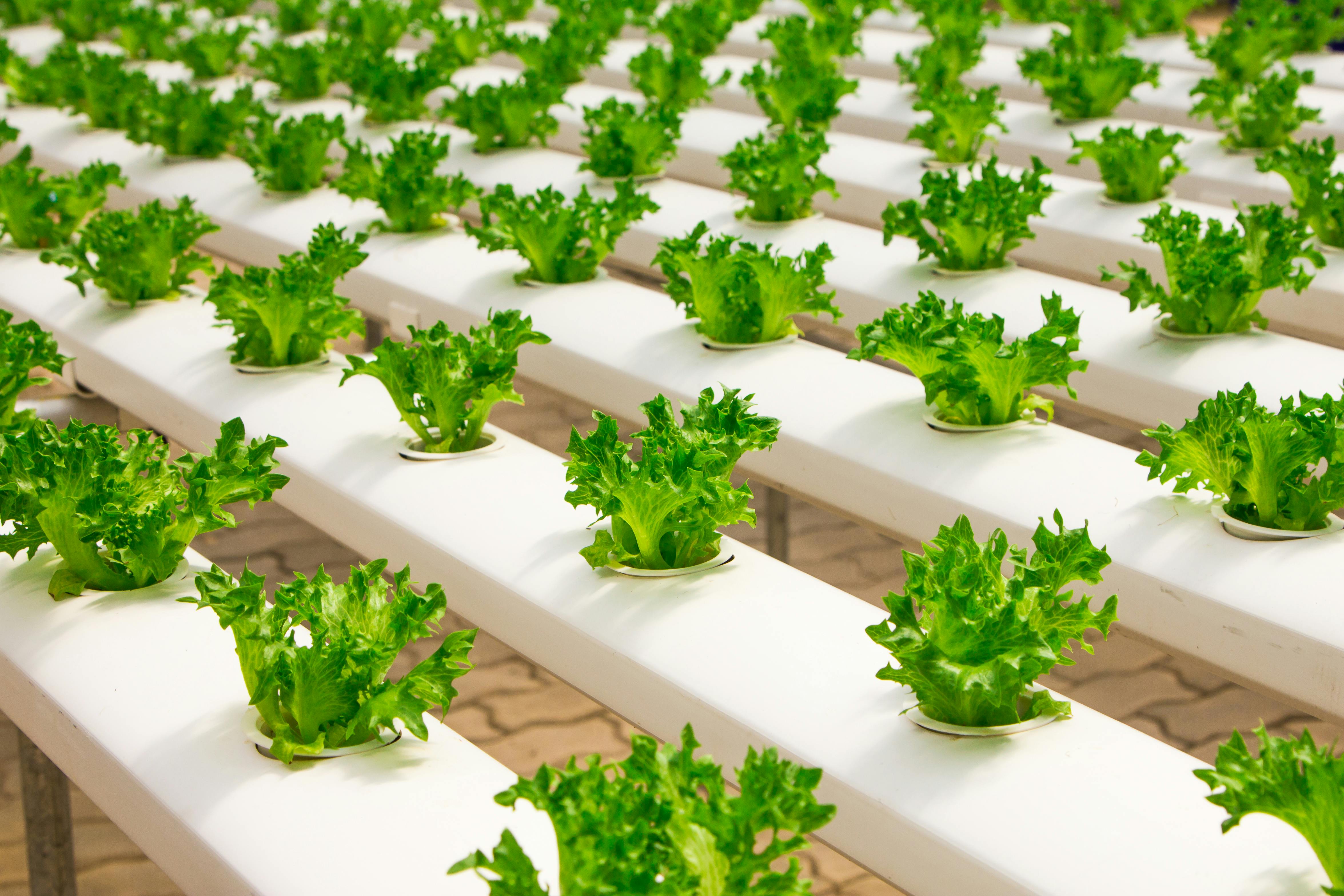Growing potatoes in the garden is an easy and rewarding activity. Potatoes are one of the most popular vegetables, and they are easy to grow. With a little preparation and some basic knowledge, you can have a bumper crop of potatoes in no time. Here’s what you need to know about growing potatoes in your garden.1. Choose a spot in your garden with full sun and fertile, well-drained soil.
2. Loosen the soil to a depth of 8-10 inches and mix in aged compost or aged manure.
3. Plant the potato pieces 4-6 inches deep, with the cut side down and the eyes facing up.
4. Space the potato pieces 12-14 inches apart in rows that are 36-38 inches apart.
5. Cover with 2-3 inches of soil, then when plants appear above ground, add another 2-3 inches of soil or mul
Preparing the Soil for Planting
One of the most important steps to successful gardening is preparing the soil for planting. The soil must be properly prepared and amended in order to provide plants with the proper nutrients and structure for optimal growth. Before adding any amendments to the soil, it is important to determine what type of soil you have. This is best done by having a soil test performed by a local agricultural extension office, which will provide you with a detailed report on the composition of your soil.
Once you have determined what type of soil you have,
Planting Potatoes in Rows
Planting potatoes in rows is a great way to maximize the yield of your potato harvest. Planting potatoes in rows allows for more efficient use of space since the rows can be easily managed and spaced out. It also allows for better air circulation, which helps to reduce the risk of disease, as well as better drainage for better root development. When planting potatoes in rows, it is important to use a good quality seed potato that is free from disease and has been stored properly prior to planting. The seed potatoes should be cut into pieces with
Spacing and Depth of Potato Plantings
When planting potatoes, it is important to know the ideal spacing and depth for optimal growth. The correct spacing and depth of potato plantings will ensure that the plants have enough room to grow without overcrowding, while also allowing them to develop strong root systems. Proper spacing and depth also help plants access adequate amounts of sunlight, water, and nutrients.
The recommended spacing for potato plants is 8–12 inches between each plant, with 36–48 inches between rows. This helps ensure that the soil does not become too compact
https://images.pexels.com/photos/446280/pexels-photo-446280.jpeg
Watering and Mulching Potatoes
Watering potatoes is an important part of potato growing, as potatoes need to be kept moist in order to develop properly. Water the potatoes at least once a week, ensuring that the soil is evenly moist but not soggy. To conserve moisture, mulch the potato plant with straw or grass clippings. This will also help to control weeds and keep the soil cool. The mulch should be applied about two inches thick, and should cover all of the exposed soil around the plants. As the potatoes grow, add more

Controlling Weeds Around Potato Plants
Weeds can be a major problem in potato production, as they compete for nutrients, water, and sunlight. Weeds can also harbor pests and diseases. Controlling them is therefore essential for successful potato production. The best way to control weeds around potato plants is by using a combination of cultural, mechanical, and chemical methods.
Cultural weed control involves using crop rotation and cover cropping to prevent weed populations from becoming established. This means planting different crops in the same area each year, or
Managing Pests and Diseases on Potato Plants
Potato plants are susceptible to a range of pests and diseases, which can significantly reduce yields. To produce a good crop of potatoes, it is important to take steps to minimize the risk of pest and disease damage. Understanding how to identify different pests and diseases can help gardeners take the necessary steps to protect their plants.
One of the most common pests of potato plants is the Colorado potato beetle. The adult beetles have yellowish-orange stripes along their backs, while larvae are reddish-orange with black spots
Digging Up Homegrown Potatoes
Digging up homegrown potatoes is an easy and rewarding process. It can be done by anyone with a spade, a fork, and a bit of patience. The first step is to prepare the garden bed. This should be done at least two weeks before harvesting potatoes. The soil should be well-drained and free from large stones or any other debris that could damage the potatoes when they are dug up. Once the bed is ready, it’s time to start digging! Digging for potatoes can be done with either a sp

Conclusion
Growing potatoes in the garden is a great way to enjoy fresh, homegrown potatoes. It is easy to do and does not require a lot of time or effort. Planting potato seed pieces, ensuring adequate spacing and sunlight, keeping the soil moist and weed-free, and harvesting the potatoes when they are ready will give you a good crop of potatoes. To maximize your harvest, you can also use other gardening techniques such as mulching and fertilizing your potatoes. With some care and attention, you can be growing delicious potatoes in no time!
